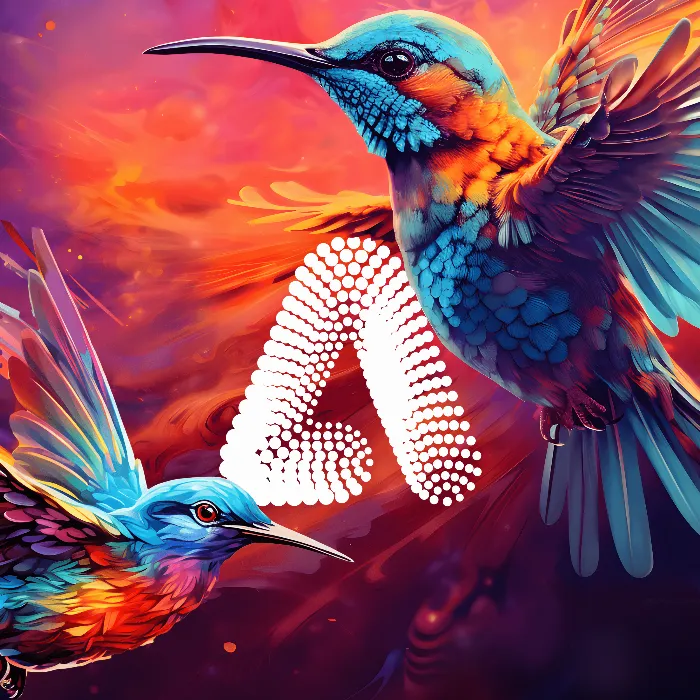In this guide, we will explore the diffusion model used in Adobe Firefly. The aim is to explain to you the functionality and principles behind this fascinating concept simply and understandably. We will walk through the different aspects of the model step by step, so you have a clear picture of how everything is connected.
Key Insights
- The core of the diffusion model is based on the idea of teaching an Artificial Intelligence (AI) a variety of images and providing them with precise textual descriptions.
- The process involves adding fog to the images and ultimately learning how to generate new images from pure fog, based on the previously learned information.
Steps to Explain the Diffusion Model
Understanding the Diffusion Model
To understand the diffusion model, we first need to clarify what it means. Fundamentally, it is a process where an Artificial Intelligence is trained on a large number of images. The computer is fed a wealth of data to learn which features and characteristics are associated with typical images.
Image Description and Text Understanding
The next step in this process is precisely describing the images with descriptive texts. Take a dog as an example: you give the computer an image of a Golden Retriever and describe it with all the important details – e.g., "Golden Retriever, 2 years old, tongue out, sharp teeth, dark nose." The goal here is to provide the computer with as much information as possible to develop a clear understanding of what a Golden Retriever looks like.
Adding Fog
After inputting precise descriptions, fog is added to the images. This process is repeated several times. Essentially, the image content is obscured, so the computer learns to focus on the essential parts. By adding more and more fog, new challenges arise in training the model.

From Fog to Images – The Reverse Process
Now it gets interesting. After the model has fogged the images, it learns to work in reverse. Based on the textual description you provide – e.g., "Golden Retriever with a green background" – the computer starts calculating the first pixels. This calculation is based on probabilities. The computer uses its previously learned knowledge to create the initial pixels of the image until ultimately, a beautiful, detailed image of a Golden Retriever is formed.
The Power of Prompt Engineering
It is important to emphasize that the exact description you give to the model is crucial. The more details you provide, the more accurate the resulting image will be. It could be likened to a communication between you and the computer. For example, if a friend tells you that you see a "brilliant yellow banana," your brain will create an image of it faster than if she just says "banana."
Model Conclusion
Overall, the diffusion model is a fascinating concept that enables computers to create precise images from fog and data. You can think of it as a combination of randomness and probabilities that ultimately leads to amazing results.
Summary
In this guide, you have learned what a diffusion model is and how it works. In summary, a diffusion model is trained by combining images with detailed textual descriptions. Thanks to the addition of fog and the learning process, the computer can ultimately generate realistic images from fog. The accuracy of the results depends on the clarity and detail provided in the texts.
Frequently Asked Questions
What is a diffusion model?A diffusion model is a process that trains Artificial Intelligences to generate new images from a variety of images and their descriptions.
How does the computer add fog?The computer gradually adds fog, which obscures the content of the images, allowing it to focus on the underlying structures of the images.
What is Prompt Engineering?Prompt Engineering refers to the art of providing precise and detailed instructions to the computer to achieve the desired results.
How important is image description?Image description is crucial, as a more precise description leads to more realistic and higher-quality images.


